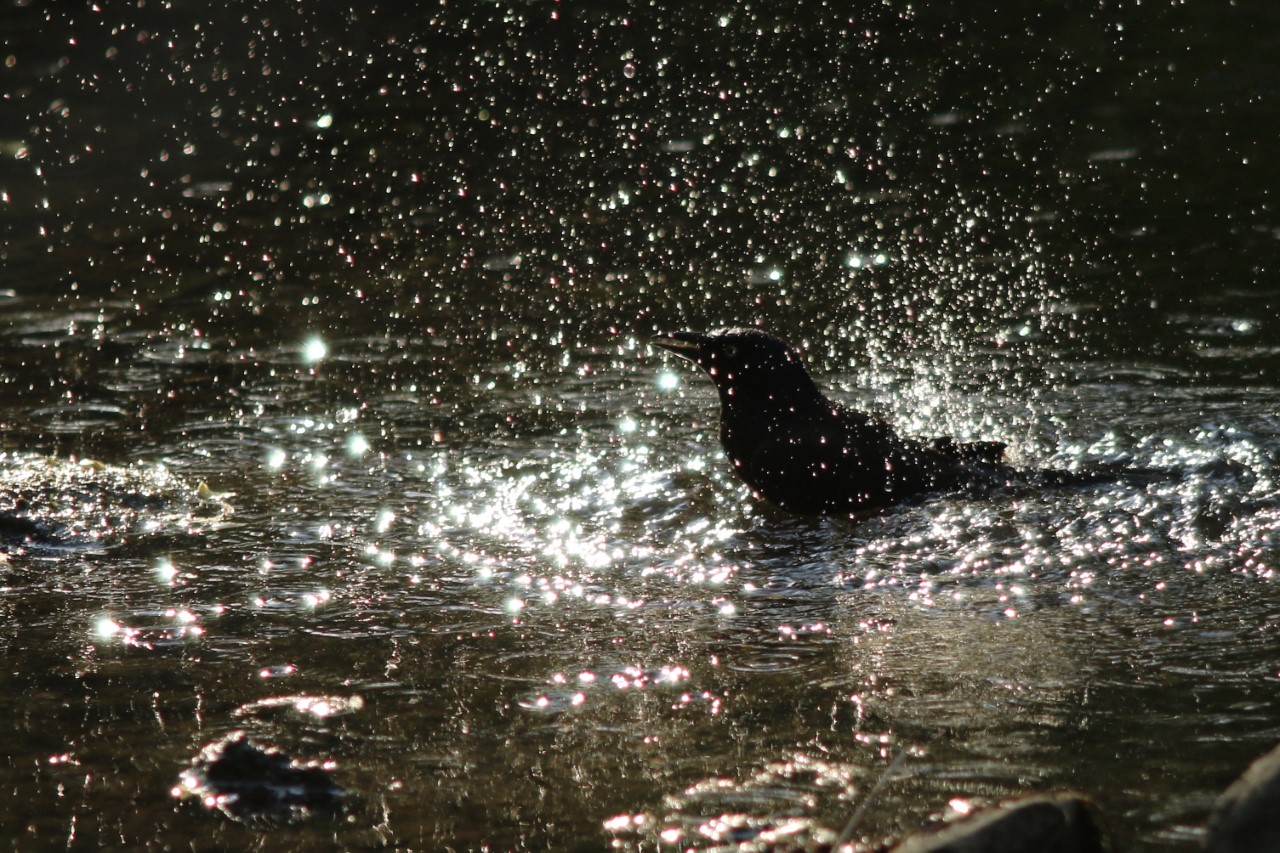
The dust is settling on the 25th consecutive Spring migration monitoring season at Ruthven. Needless to say, it was very different. Access to the park was severely restricted to just a few people on any one day – usually just two: the bander-in-charge, and a person to do census. Later, in May, when restrictions began to loosen, I would have a person in to help with net rounds or to continue their studies/experiences in banding under my tutelage, trying to maintain physical distancing as much as possible and disinfecting tools after each session. This seems to have worked well – we got the job done and NO ONE GOT SICK – but the camaraderie that has been the hallmark of the operation for the past many years was missing. I think I missed this most of all. Still, we were there to monitor the migration, not have fun….right?
The month of April was a disaster: due to prolonged bouts of cold, wet, windy weather our banding total was only 489 birds, one of the lowest totals in our history and more than 200 birds below the 10-year average of 693 birds. The birds caught per 100 net hours (1 net hour = one 12-meter net open for one hour) was the lowest going back to 2010 – 14.94. Birds generally were few and far between and migrants were quite late. For example, we can expect to see Purple Martins during the first week of April; this season they didn’t show until the beginning of May. Other migrants were 7-10 days late on average. I keep track of the average number of birds banded per 10 period in both April and May. We were well below average in each “trimester” in April.
May started off slowly, again due to poor weather conditions. The ist trimester, when we band an average 44.1 birds per day, was low – 33 birds per day. But then things picked up substantially and from May 15th – 24th the bulk of migrants blew through. During the second trimester we averaged 55 birds banded per day (vs 44.8) and this push continued through the 3rd period – 28 birds (vs 24.4). Our May total of 1,186 was well above the 10-year average of 1,120.
Due to our success in May, our overall total of 1,675 birds banded is not only respectable but above the 10-year average (1,622). The birds banded per 100 net hours in May (33.98) and for the whole season (26.36) ranked as the 3rd highest in both cases. So….we were able to make somethin’ out of nothin’ so to speak. Also, we banded an amazing 90 species – our 2nd highest total. Noteable bandings included: 1 American Woodcock (not an uncommon bird but rarely seen or captured), 1 Sharp-shinned Hawk, 1 Grasshopper Sparrow (a first for the station), and a female Cerulean Warbler (a species that is in trouble).
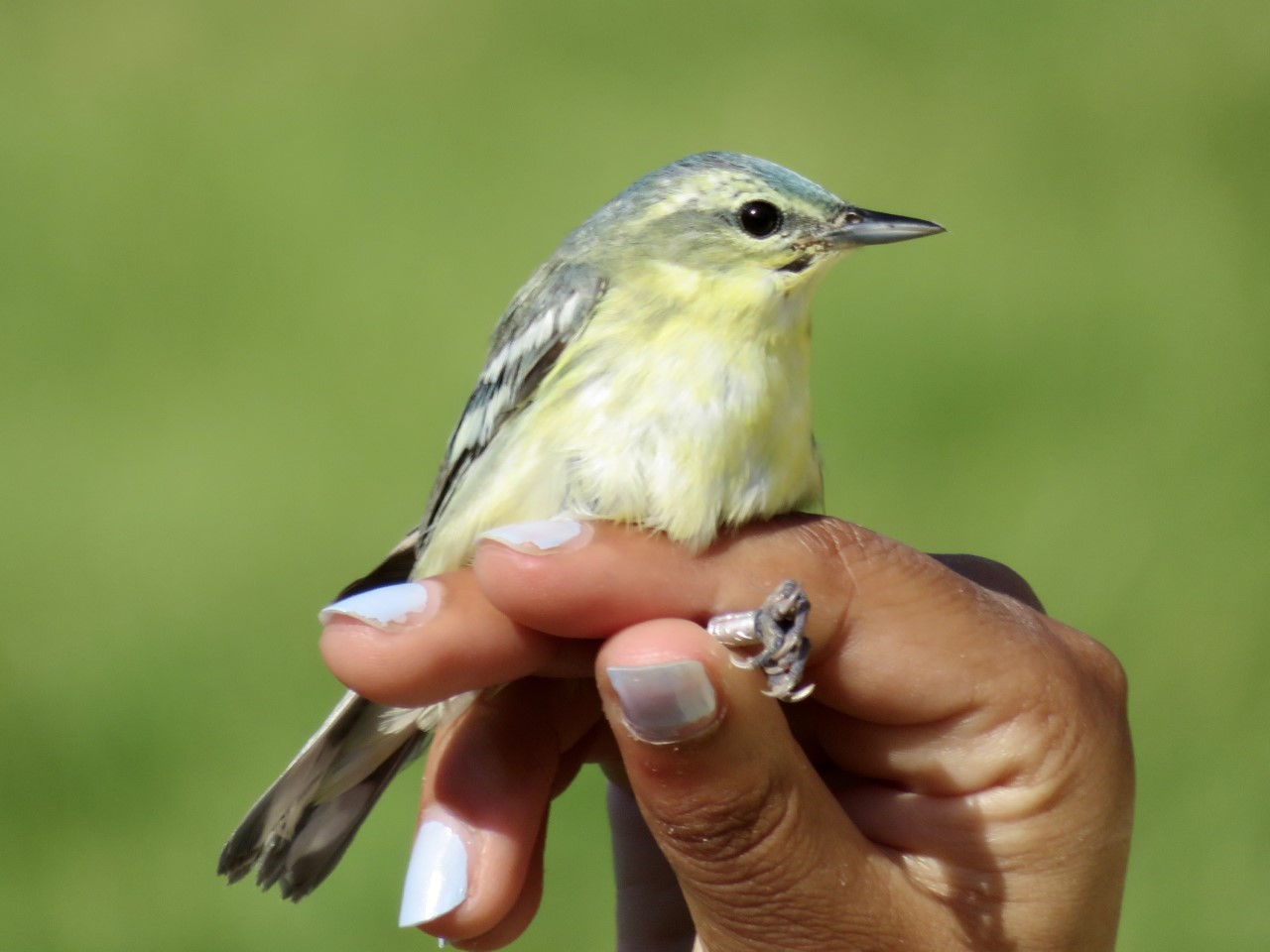
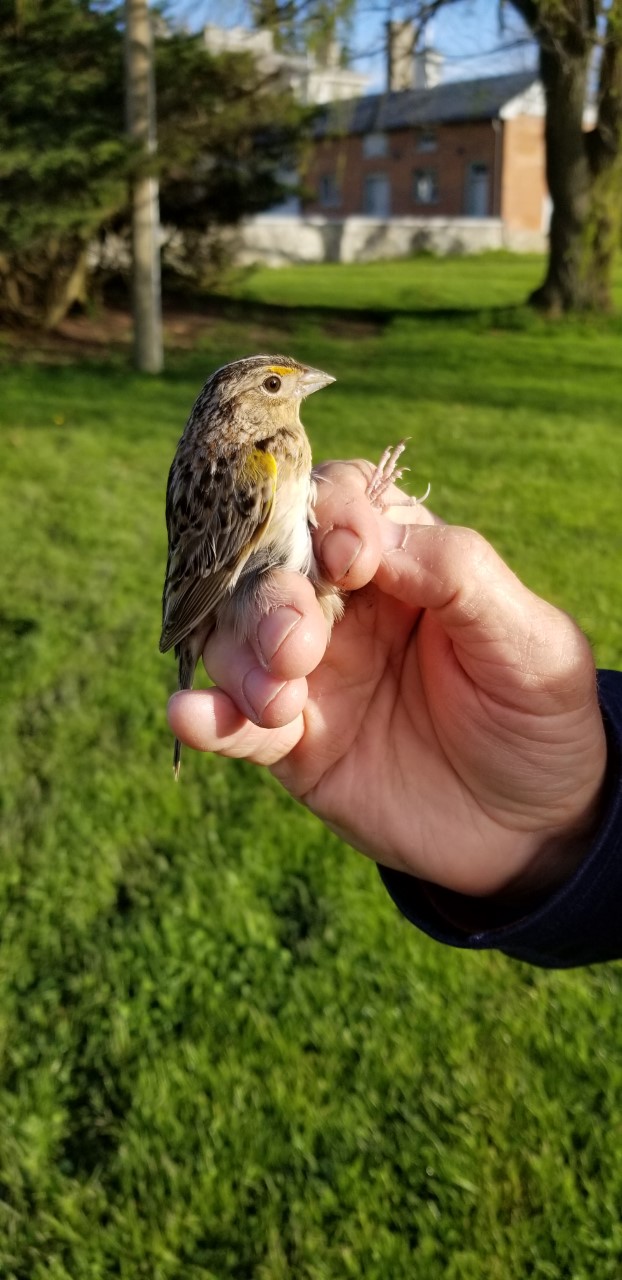
But migration monitoring is more than just banding birds. An integral part of it is to identify and count the various species that move though/by the site each day. This is where the census is so important as it samples a part of the site that is separate and largely ecologically different from the banding/netting area (e.g., the river, the inner forest). This season we encountered 149 species which included 3 species “new” to Ruthven: Grasshopper Sparrow, American White Pelican, and Lesser Scaup. Warblers made up 25 of those species. We banded significantly higher numbers of a few warbler species: Nashville Warbler (56), Northern Parula (6), Black-throated Green Warbler (4), Western Palm Warbler (39), and Northern Waterthrush (9).
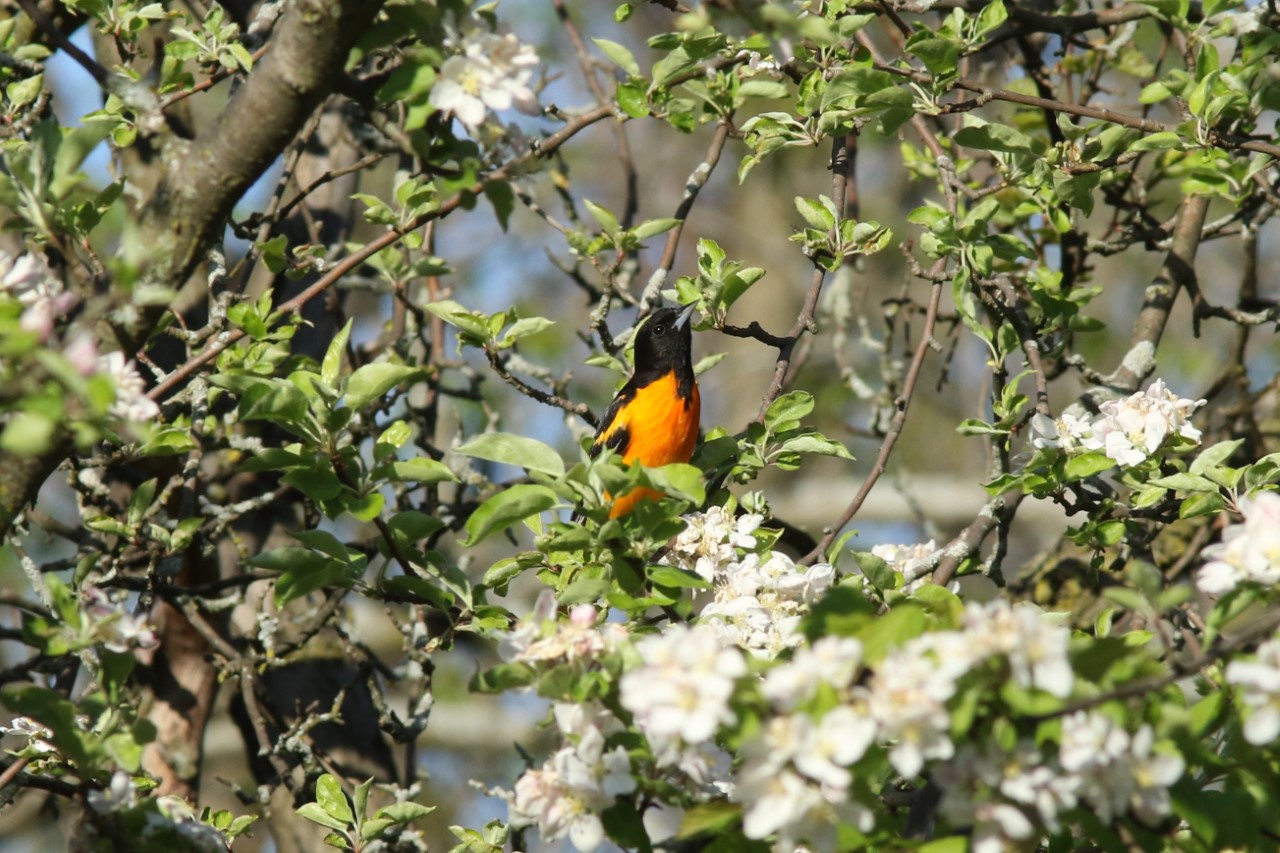
The most notable species banded to my way of thinking was the Baltimore Oriole. We set a record last year of 117; we extended that record this year to 122! Is this due to the jam/jelly feeder or are their numbers simply increasing – it will be difficult to compare results this year as most stations did not operate…..
Thanks to all that pitched in to help out!! I think this formal scheduled access will be the way of doing things for at least the next season – if not even longer. We will have to see how things unfold.
Top Ten:
122 Baltimore Orioles
110 American Goldfinches
108 Brown-headed Cowbirds
102 White-throated Sparrows
74 Gray Catbirds
72 Yellow Warblers
59 Ruby-crowned Kinglets
59 Chipping Sparrows
58 Song Sparrows
56 Nashville Warblers
56 Red-winged Blackbirds
Recent Photos:
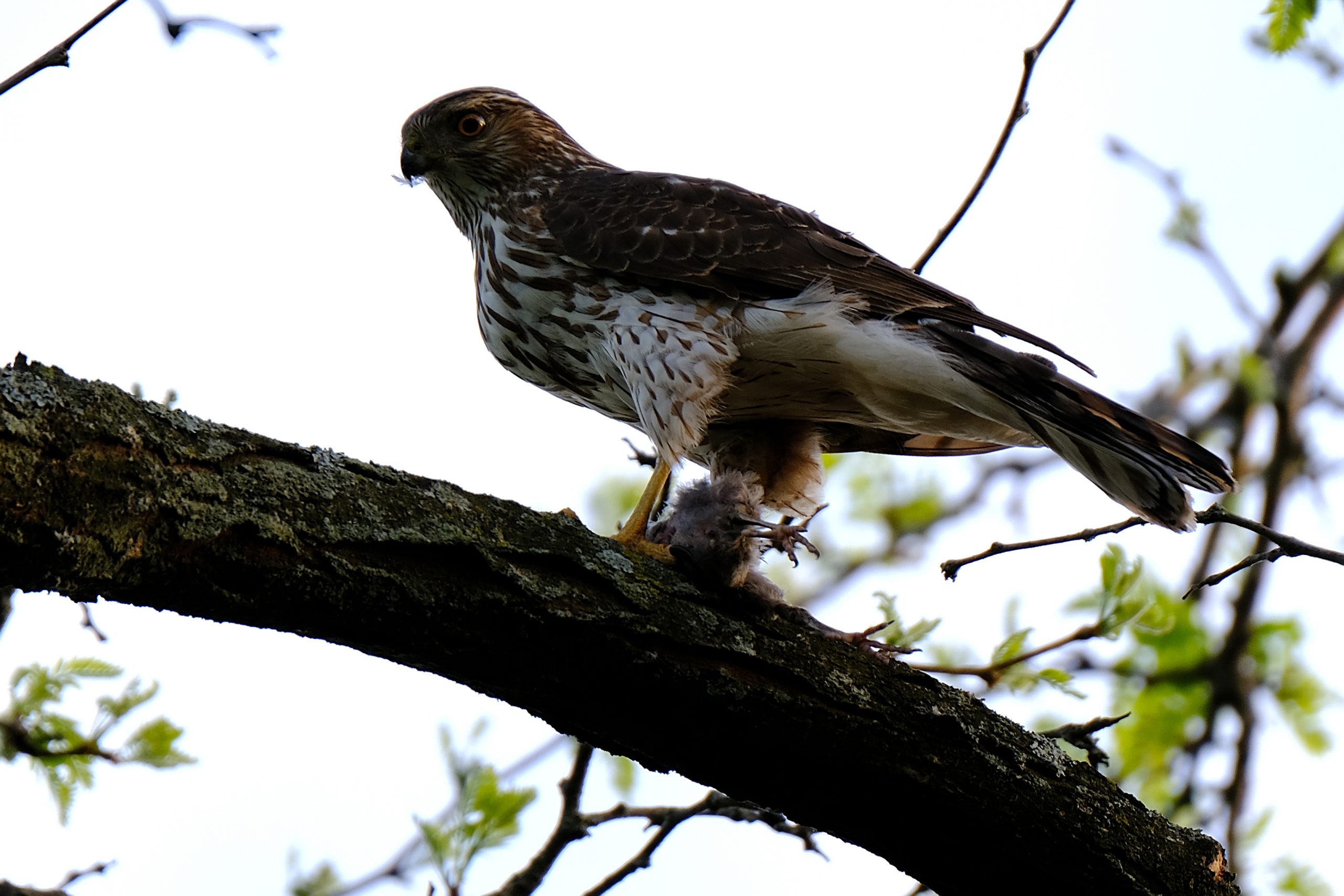
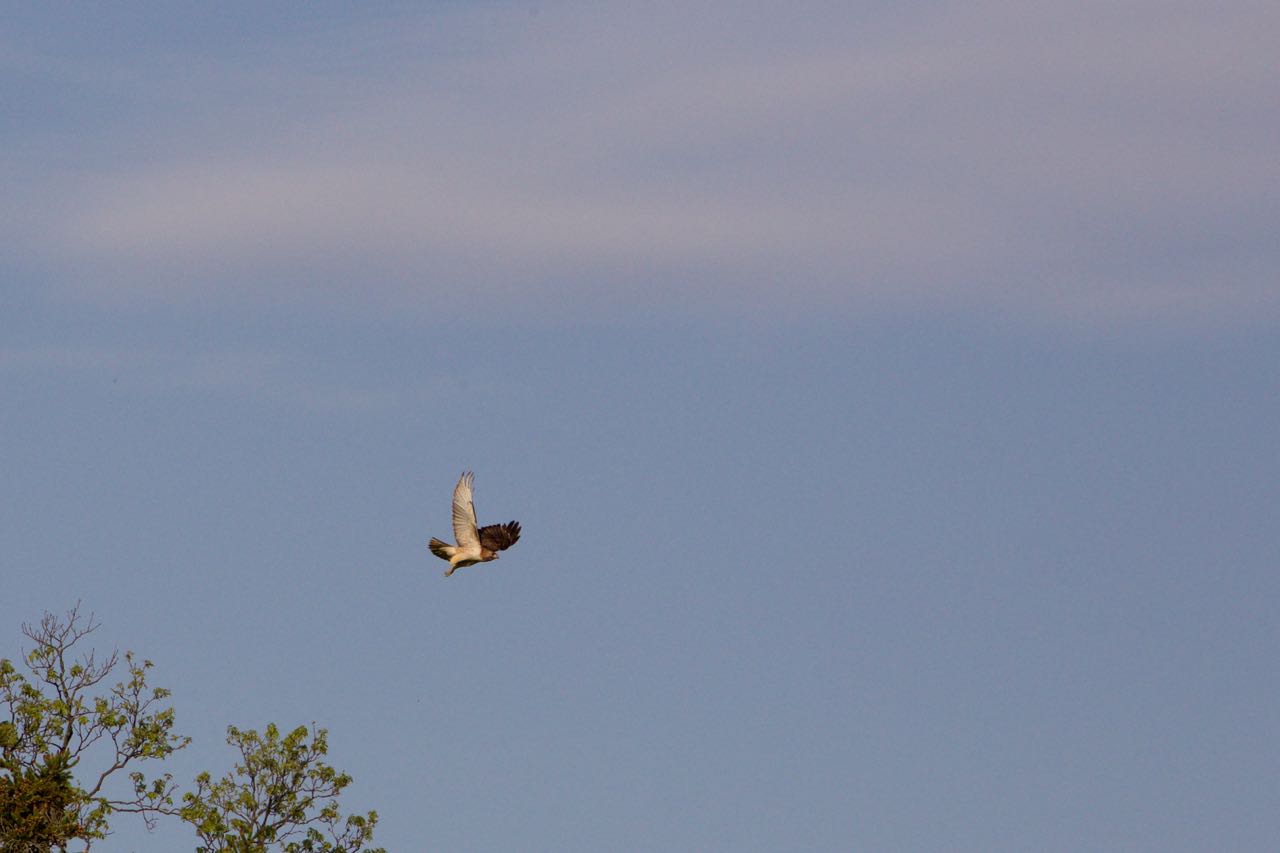
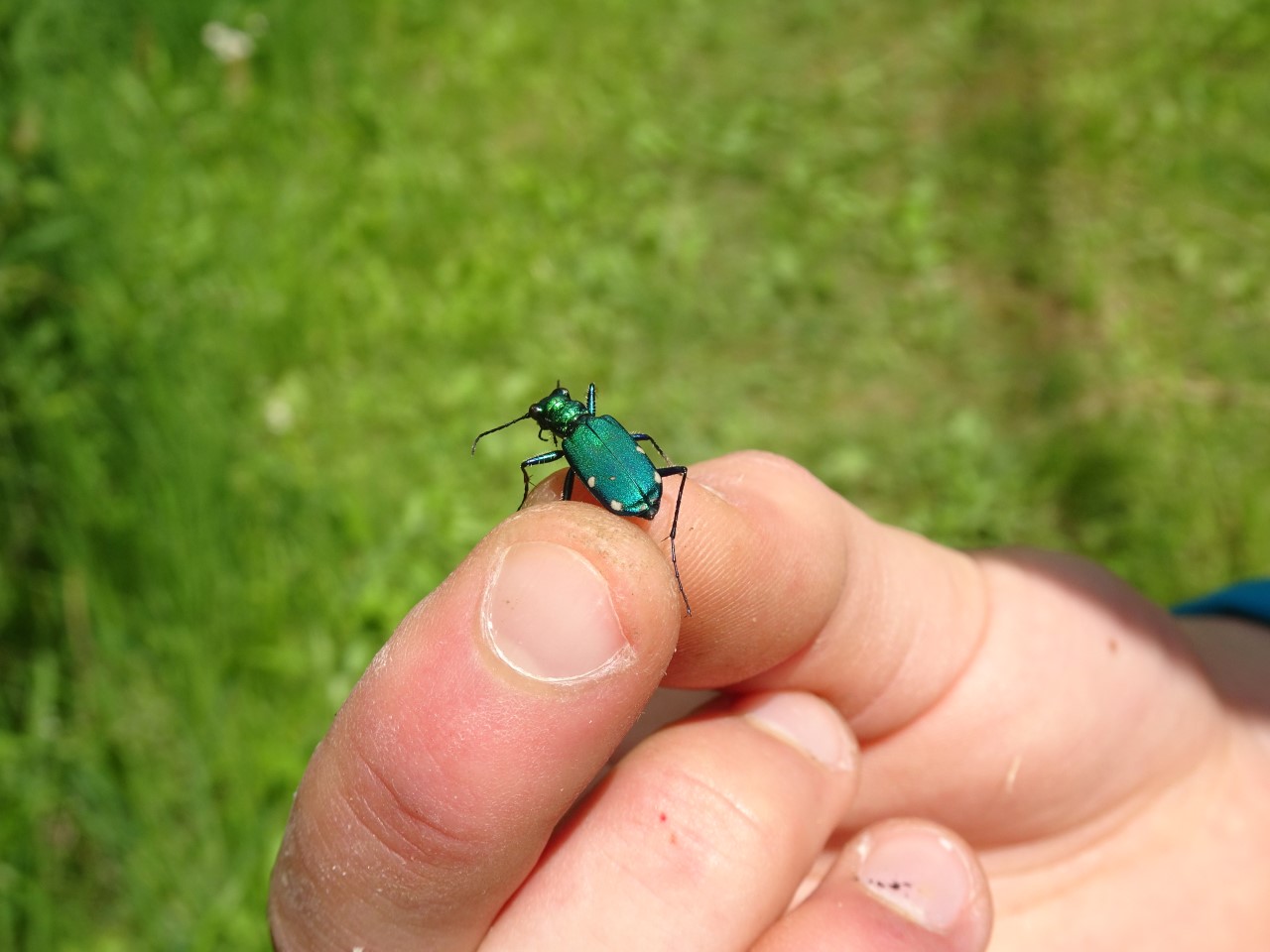
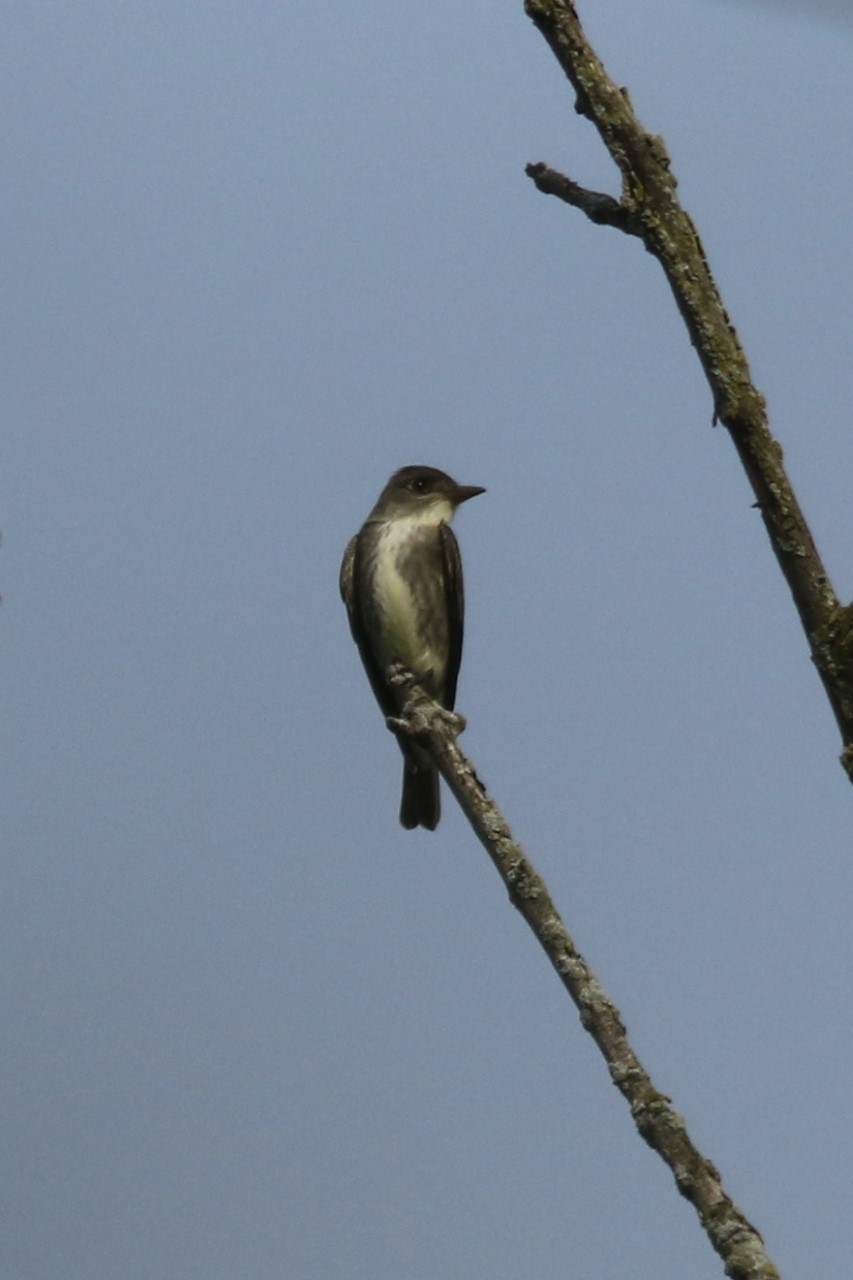
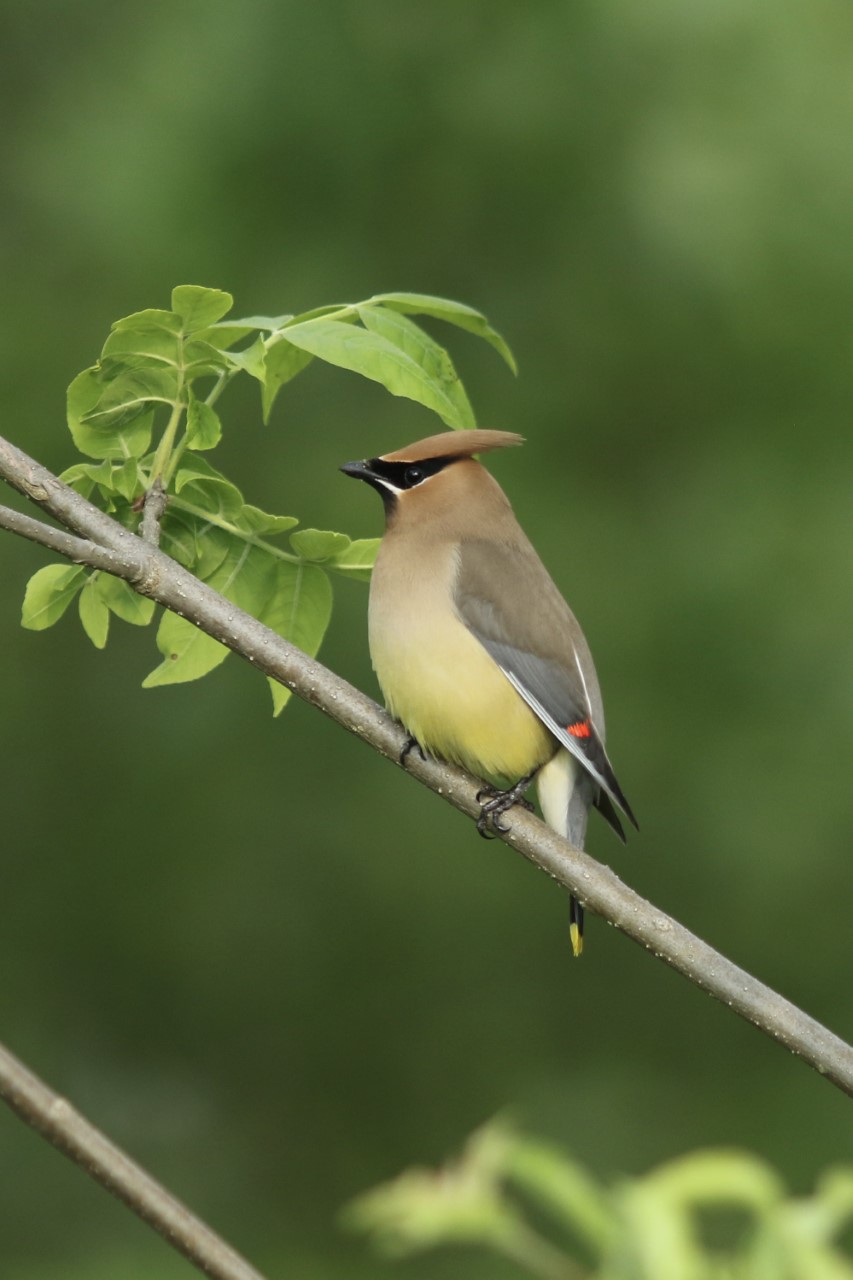
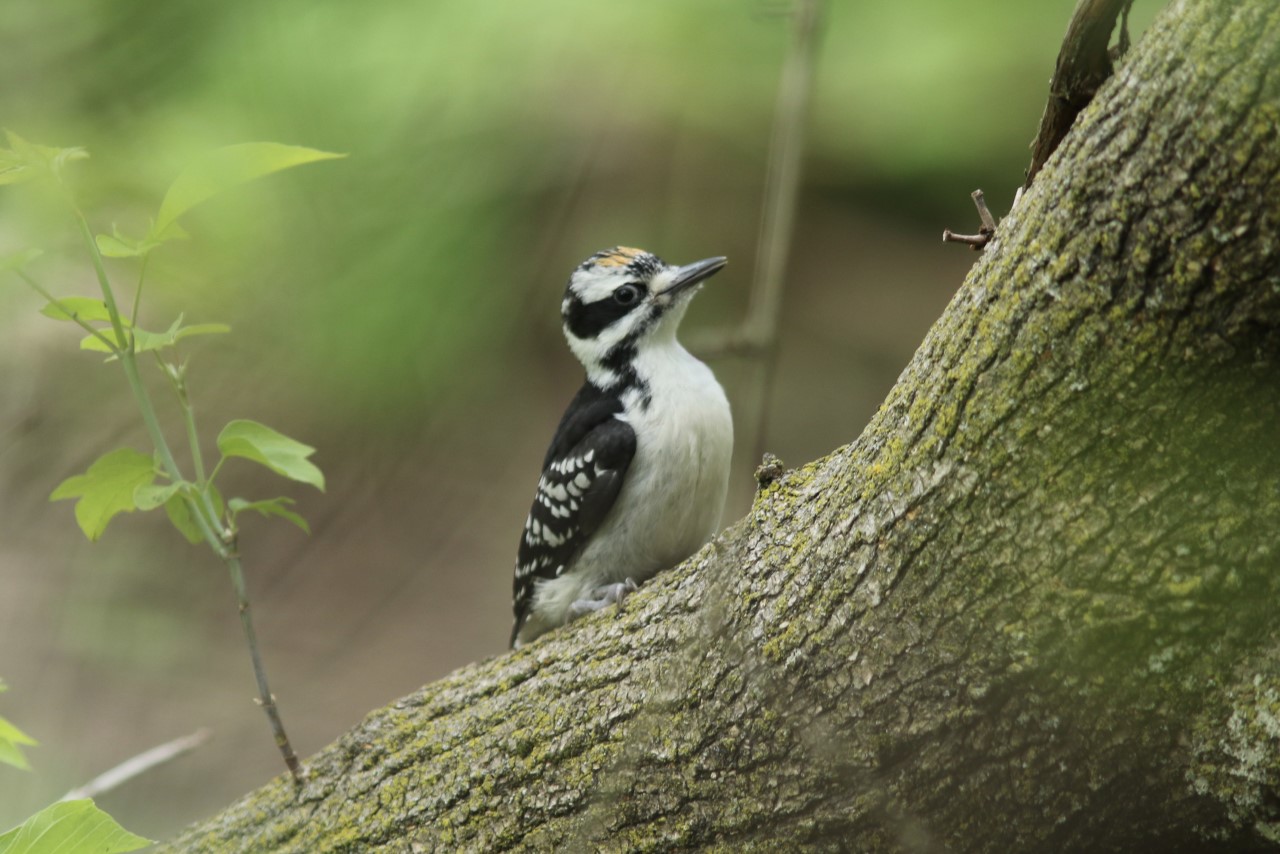
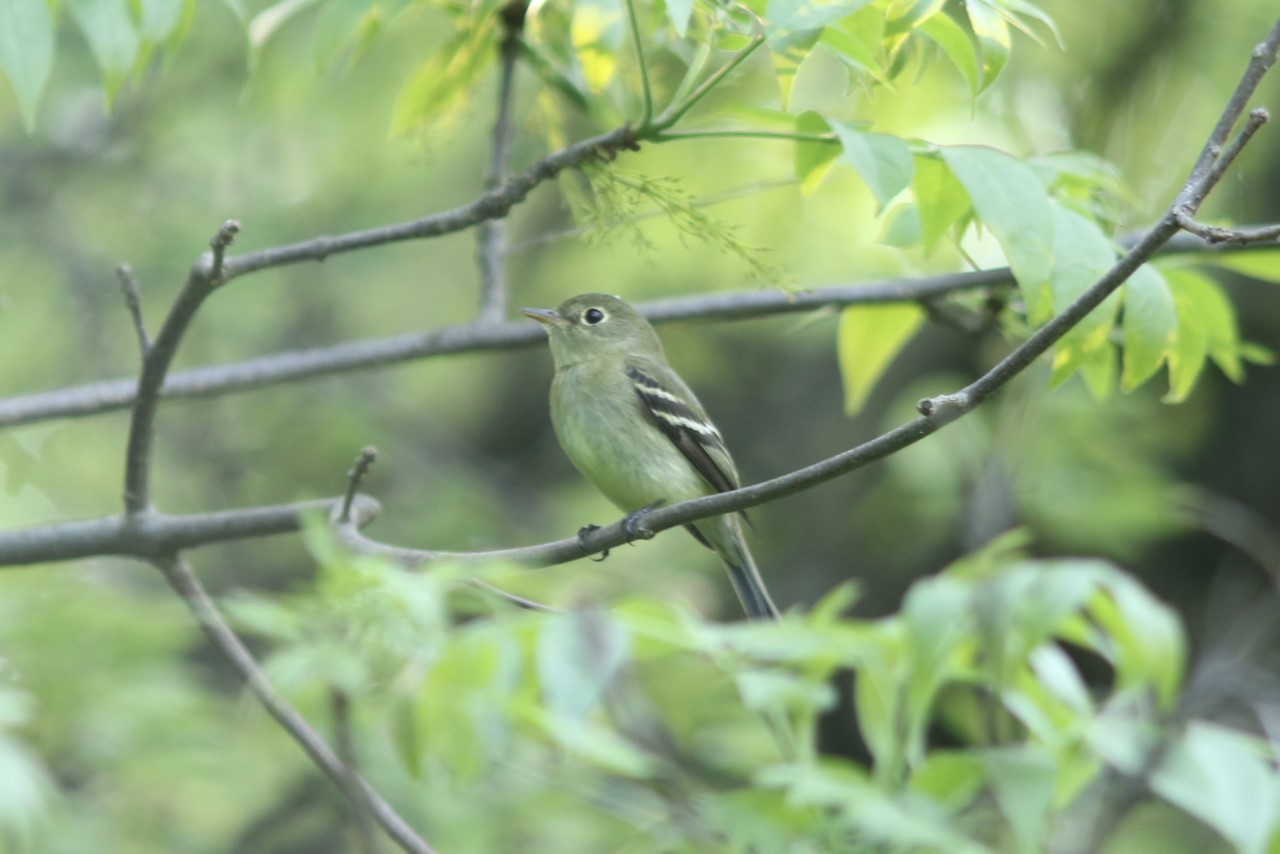
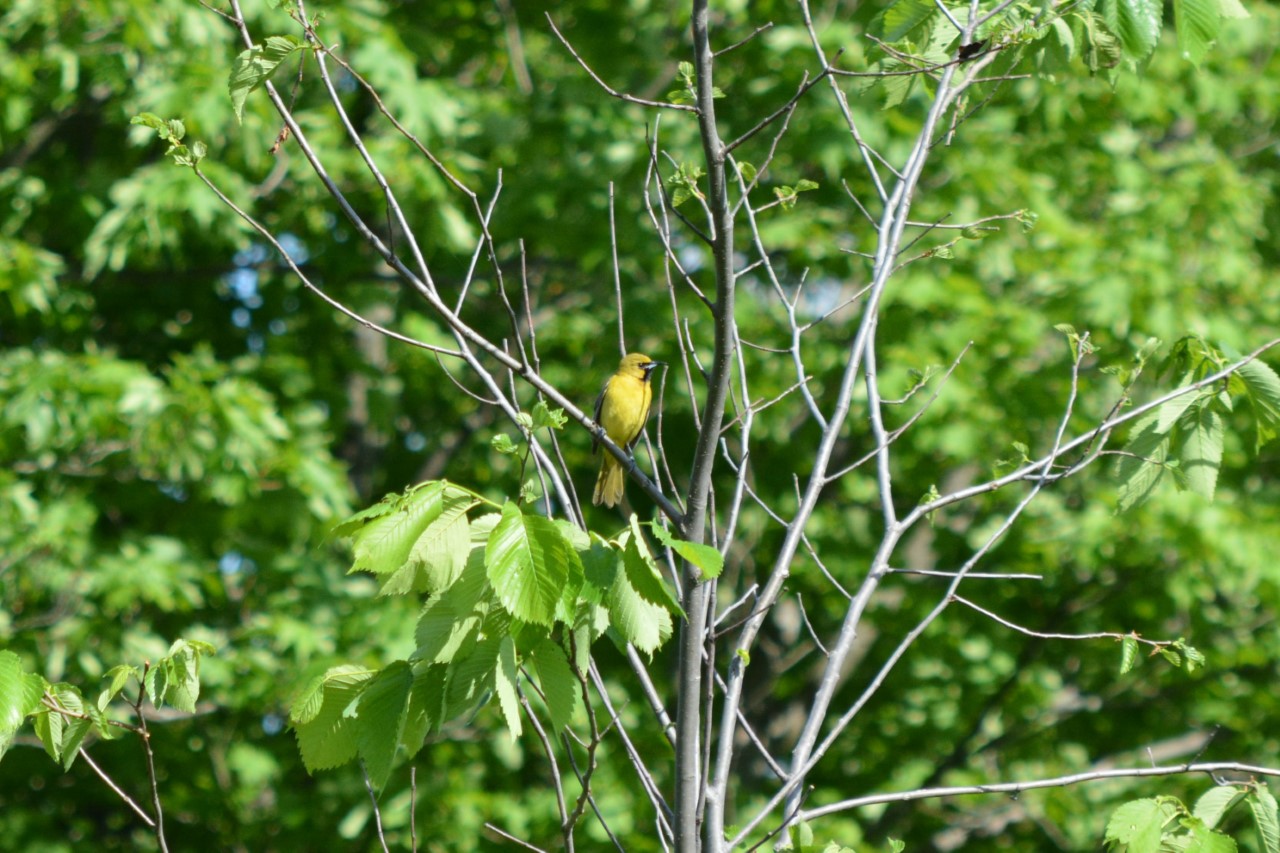

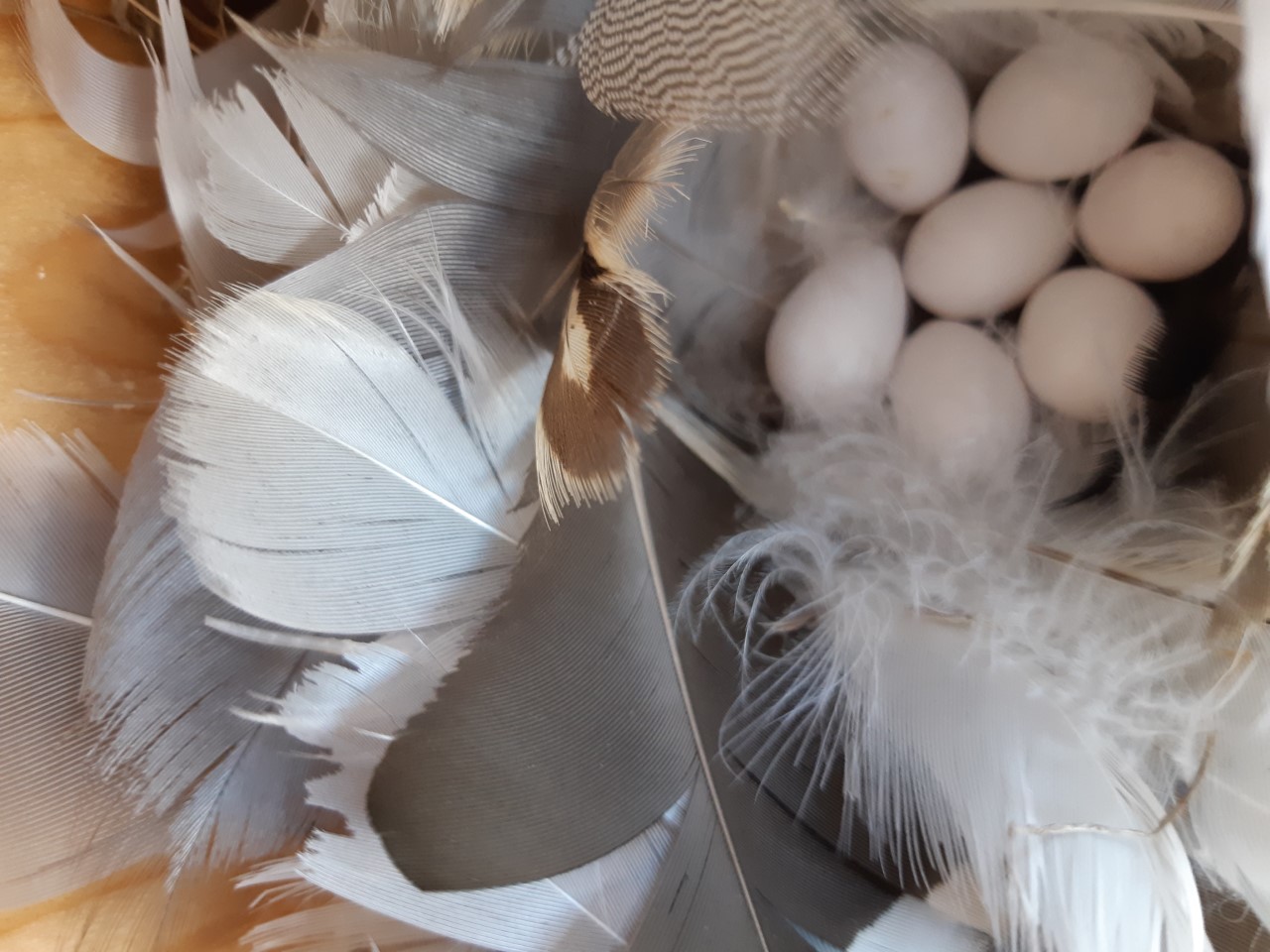
Rick
